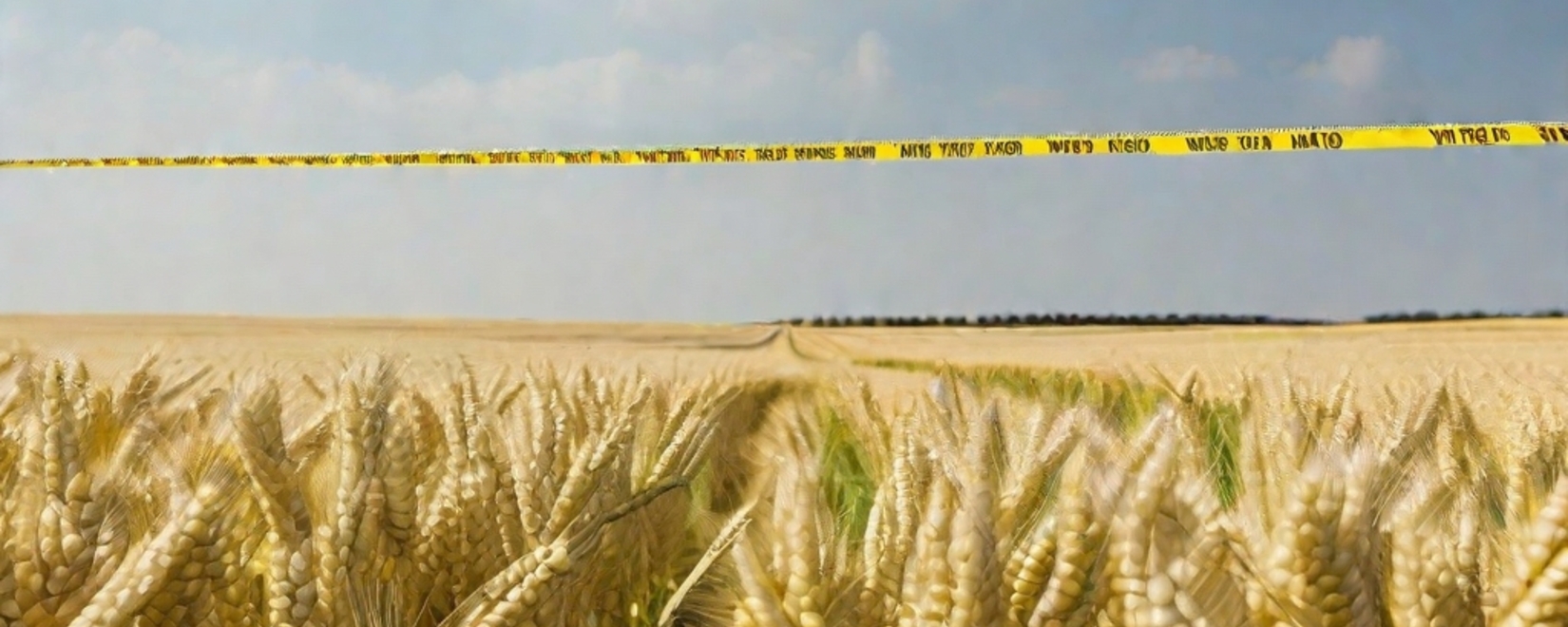The Subcommittee on Customs and Tariff Regulation made several decisions aimed at protecting the domestic market and expanding product supply.
According to the official government report, the proposal of the Ministry of Agriculture and the Ministry of Economic Development to introduce a tariff quota for the export of basic grains, such as wheat, barley, corn and rye, was approved. The quota volume will be 24 million tons and will be valid from February 15 to June 30, 2024.
It is worth noting that the quota does not apply to supplies to the countries of the Eurasian Economic Union (EAEU).
A decision was also made to temporarily ban the export of durum wheat from Russia for 6 months from December 1, 2023 to May 31, 2024. The following year, a quota was also established for the duty-free import of chicken meat in the amount of 160 thousand tons.
Starting in 2020, Russia introduced a grain quota system. The restrictions were introduced for the period from April 1 to June 30 and amounted to 7 million tons. In 2021, the quota was increased to 17.5 million tons and was valid from February 15 to June 30. In 2022, the quota amounted to 11 million tons, including 8 million tons of wheat. In 2023, the quota was increased to 25.5 million tons. At the end of 2021, the government decided to set annual quotas for the period from February 15 to June 30. Quotas do not apply to EAEU countries.
Grain market experts believe that the proposed quota volume reflects the current situation on the grain market and its export potential.
From the beginning of 2024, the grain export quota will be divided into main and additional parts. This decision was made to optimize the quota mechanism and maximize the use of quota volumes. The bulk of the quota will be distributed according to historical principles before the start of its validity period.
The new mechanism also provides for the possibility of voluntary refusal of the received quota or part of it. Applications to waive the quota will be accepted from April 1 to April 20, and the final decision to reduce the quota will be made until May 1.
The additional portion of the quota will consist of three components: 10% of the total quota, the balances arising after applying the reduction factor, and the volume released by quota waivers. An additional portion will be available to exporters who have already been allocated the bulk of the quota according to historical principles. In this case, the additional part cannot exceed 45% of the volume of the main part of the quota received by the applicant in the current season.
Grain market experts believe that the ban on the export of durum wheat, used for the production of pasta, is explained by a significant increase in its supplies abroad this season. Wheat shipments from July 1 to November 10 in annual terms increased more than 13 times, reaching 657 thousand tons. This was facilitated by the introduction of a grain damper, in which the export duty is calculated based on the indicative price of wheat. Thus, the share of duties in the price of durum wheat turned out to be significantly lower.
This type of wheat is mainly purchased by Italy and Turkey, while domestic demand for it is relatively small.
The Russian Ministry of Agriculture explained the ban by an increase in global demand for durum wheat while its yield in many producing countries has decreased to a 20-year minimum. According to the agency’s forecasts, durum wheat production in Russia will increase every season due to an increase in sown areas and the desire to fully provide producers with raw materials. The main production regions are the Altai Territory, Orenburg, Chelyabinsk, Omsk, Saratov, Samara and Volgograd regions.
According to forecasts from the Ministry of Agriculture, by 2025, the durum wheat harvest in Russia may increase by almost 2.5 times compared to 2021, reaching 1.8 million tons. All regions must submit development plans for the production of this wheat for the period until 2030.

 Trading platform
Trading platform 
 Monitoring
Monitoring  Express applications
Express applications 
 Fork Work
Fork Work 
 Service
Service  News
News  Directory
Directory 
